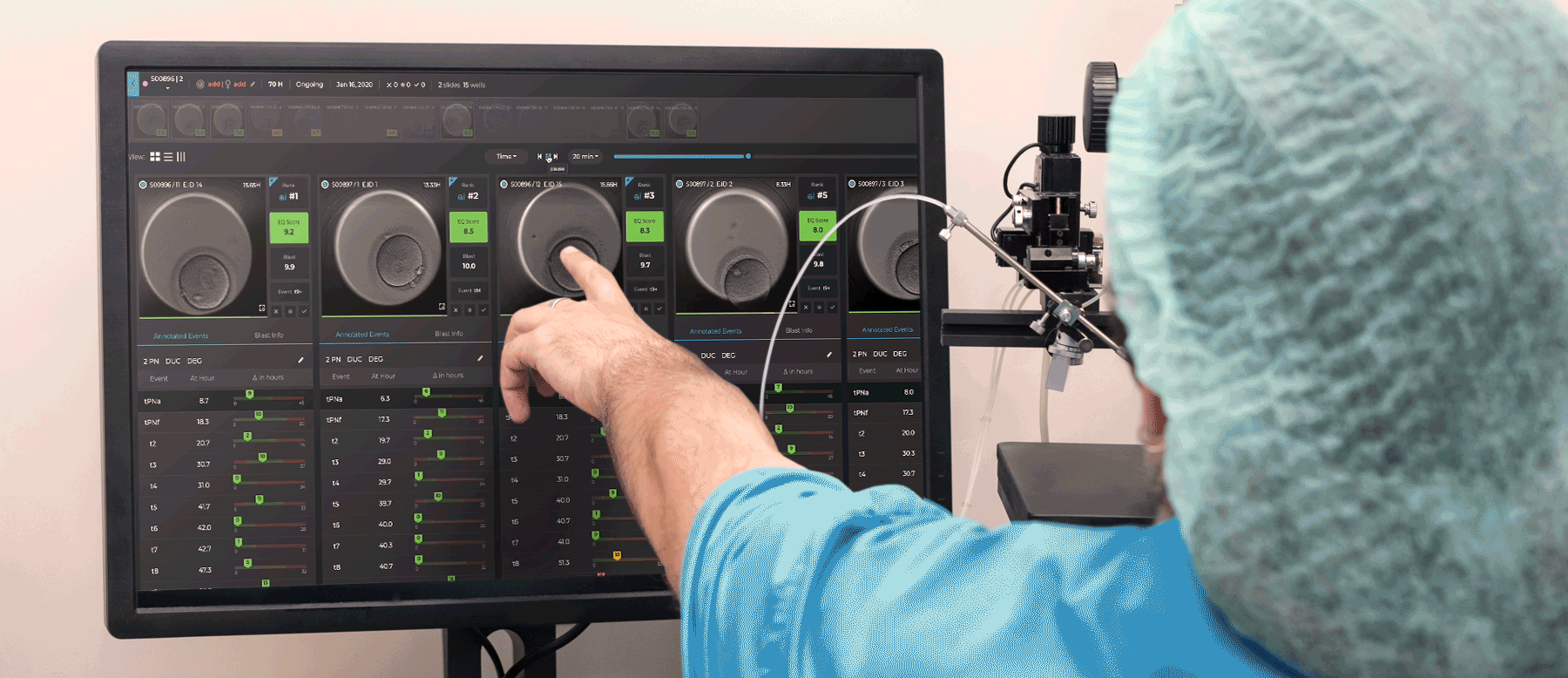

We have opened the proverbial ‘black box’ of AI to explain how AI models get to a decision, so you can implement Chloe safely.
AI follows a pattern to arrive at the answer, and the magic is that it does so exceptionally well, beyond human power. For the same reason, unusual alterations in the pattern make the model vulnerable, and that’s also why we need AI transparency — to know how AI reaches a conclusion. Transparent AI is about understanding the WHY that make up the WHAT. While the WHAT provides an AI score or outcome; be it embryo quality or egg and sperm viability, the WHY will explain the biological events and how it arrived at this determination. Transparent AI ensures there is no existence of bias due to the opacity of the system.
IVF involves many decisions along the way. Beyond her age, we look at a woman’s ovarian reserve, we look at male-factor fertility, at egg and sperm quality, embryo development – all of these play a role in whether IVF will be successful. Very often, when a cycle of IVF doesn’t work, we don’t know which of these elements fell short.
The task becomes much easier when the AI model can explain how it reached a certain decision. Transparency in AI makes it a team player.
Fairtility’s processes and products abide by latest security and quality standards for medical devices (e.g. Good Machine Learning Practices)
Algorithms trained on large, diverse datasets collected from IVF clinics all around the world to prevent bias
Clinically validated on large datasets from around the world with published, peer-reviewed results


The data used for training included millions of images from embryo videos. The algorithm was validated on a large, representative test set. The algorithm has been clinically tested on >50K embryos.

Chloe is made up of multiple algorithms that leverage best in class computer vision technology. Chloe uses a multidimensional approach in image classification and a facial recognition type technology to analyze embryos in 3D.

Chloe performs 10% better than an expert embryologist in implantation prediction (read more about it here, published in Scientific Reports). However, Chloe is not replacing the embryologist. Chloe is equipping the embryologist with an AI toolset to make better decisions vs an unassisted counterpart. Chloe elevates the clinician’s evaluation process from 5 data points to 4.2 million data points to evaluate viability in as early as 30 hours post fertilization.

Using Chloe, clinicians won’t be left in the dark and will understand the “why” and “how” of AI-derived answers. IVF is a complex journey that involves many decisions along the way. Lacking a consistent system for collecting and interpreting vast end-to-end datasets through the care journey, IVF yields inconsistent efficacy and suboptimal outcomes. Chloe represents a paradigm shift in IVF by equipping clinicians with a powerful AI toolbox to revolutionize the IVF journey.
To learn more about how Chloe was developed and tested against professional embryologists, click on the link below.
